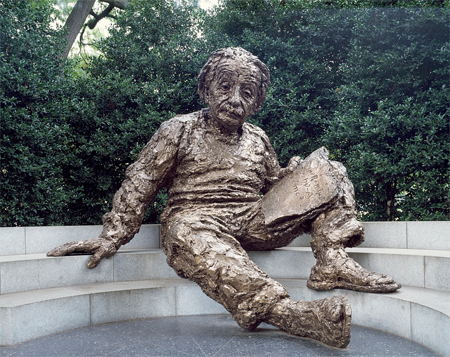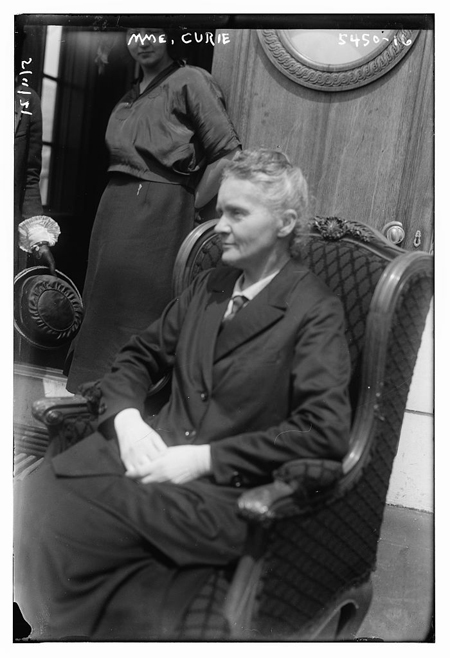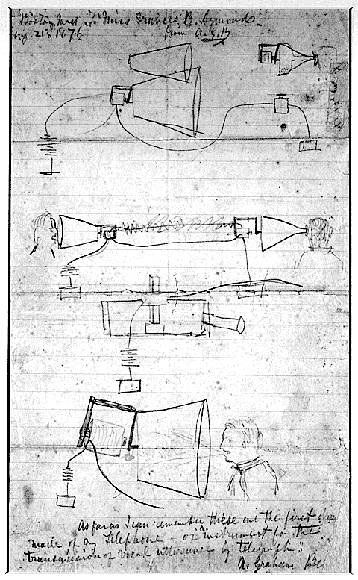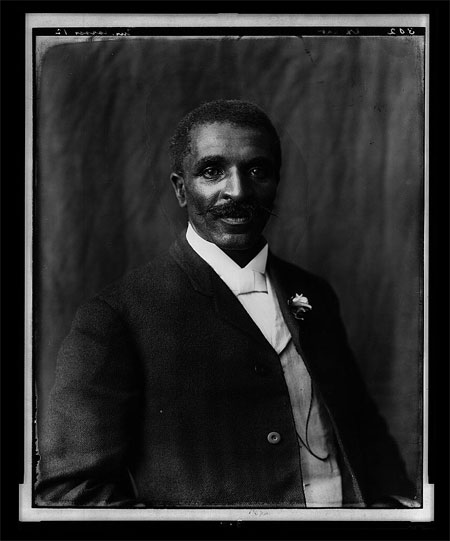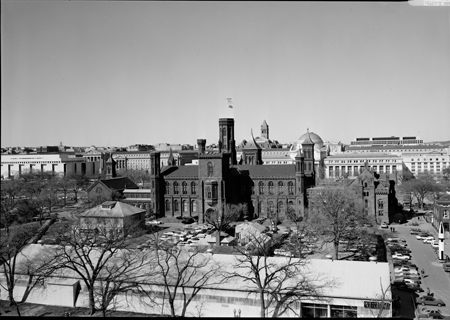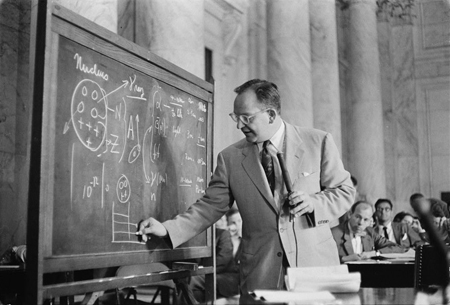Teaching Now: Analyzing Primary Sources for Scientific Thinking & Organization
This is a guest post from Tom Bober (a.k.a. @CaptainLibrary), an elementary librarian at RM Captain Elementary in Clayton, Missouri and frequent contributor to the TPS Teachers Network. Earlier this school year I wrote about an activity in which third grade students analyzed primary sources from the Library of Congress, specifically the notes, diagrams, and…


